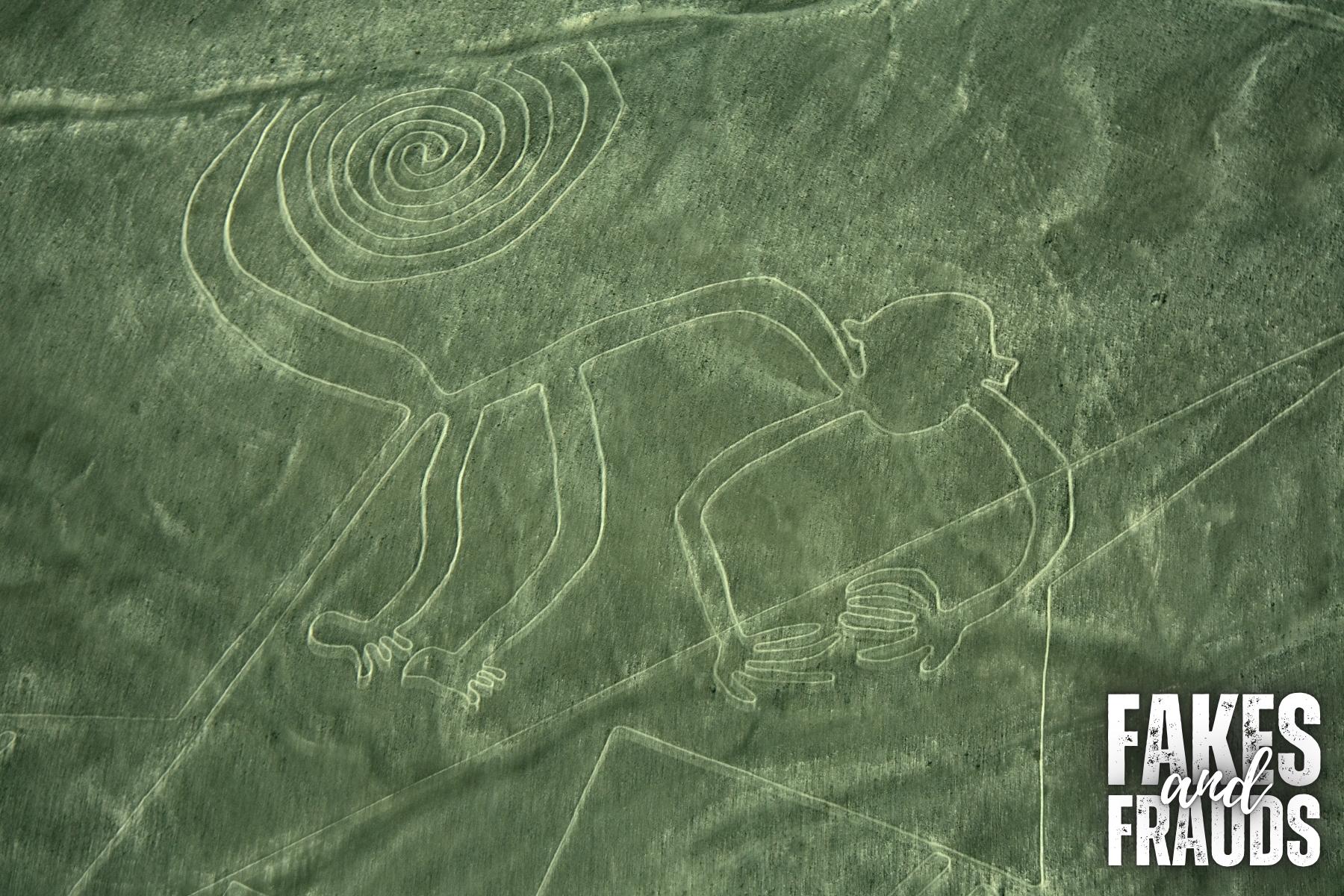If you ever feel underachieving, remember: two thousand years ago, a group of ancient Peruvians spent decades carving enormous pictures into the desert floor — and modern humans immediately assumed it must have been aliens.
The Nazca Lines — sprawling geoglyphs etched across the Nazca Desert — depict hummingbirds, monkeys, spiders, and a few abstract shapes that look suspiciously like bad suburban landscaping projects.
They are massive. They are beautiful. They are mysterious. Unfortunately, mystery attracts theorists the way a picnic attracts ants.
In one corner: archaeologists, offering calm, reasoned explanations involving religious ceremonies, water worship, and large-scale art visible from sacred hillsides.
In the other corner: conspiracy theorists insisting that only extraterrestrials would ever think to doodle in dirt.
According to the “ancient astronaut” crowd, the lines are alien landing strips.
Because if you’re crossing galaxies with faster-than-light technology, you obviously need crude desert graffiti to find your way around.
The Nazca Lines are not the forgotten signage of interstellar tourists. They’re a breathtaking testament to human creativity, ritual, and sheer stubbornness.
The real miracle isn’t that we can see them from the air. It’s that ancient people invested that much time and labor into something they could only fully appreciate in their imaginations — without needing an Instagram account to show it off.

